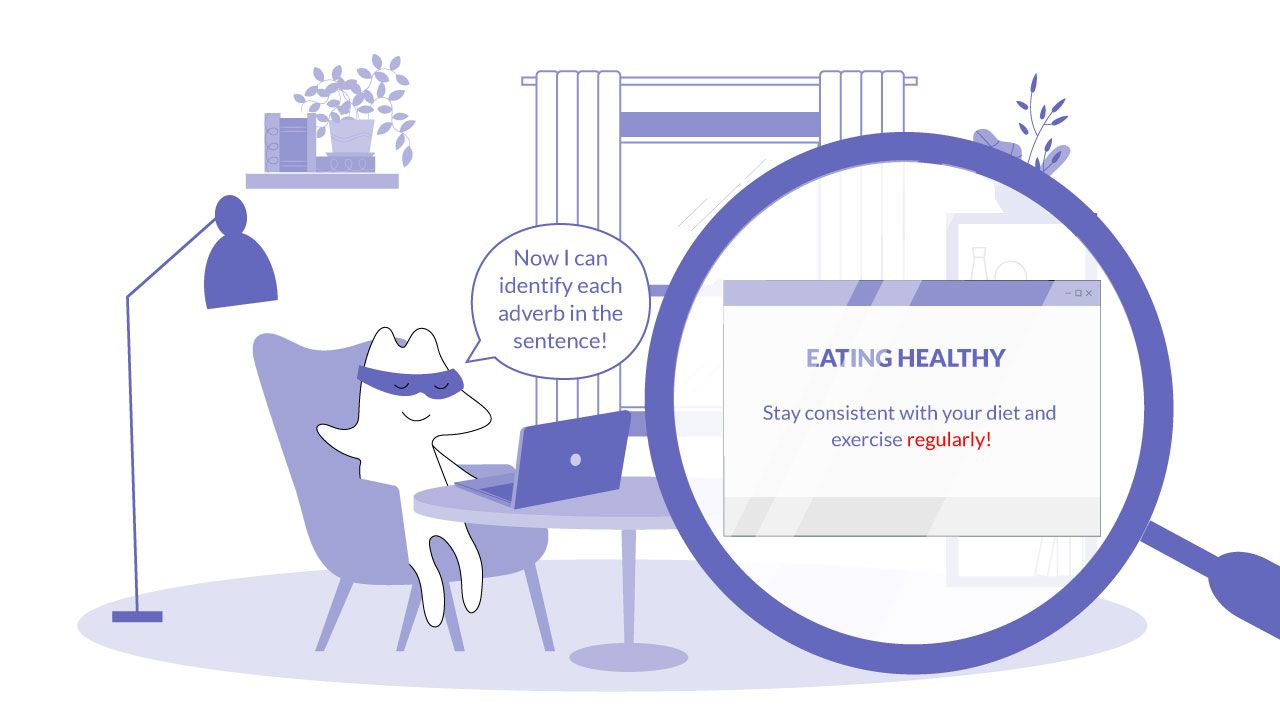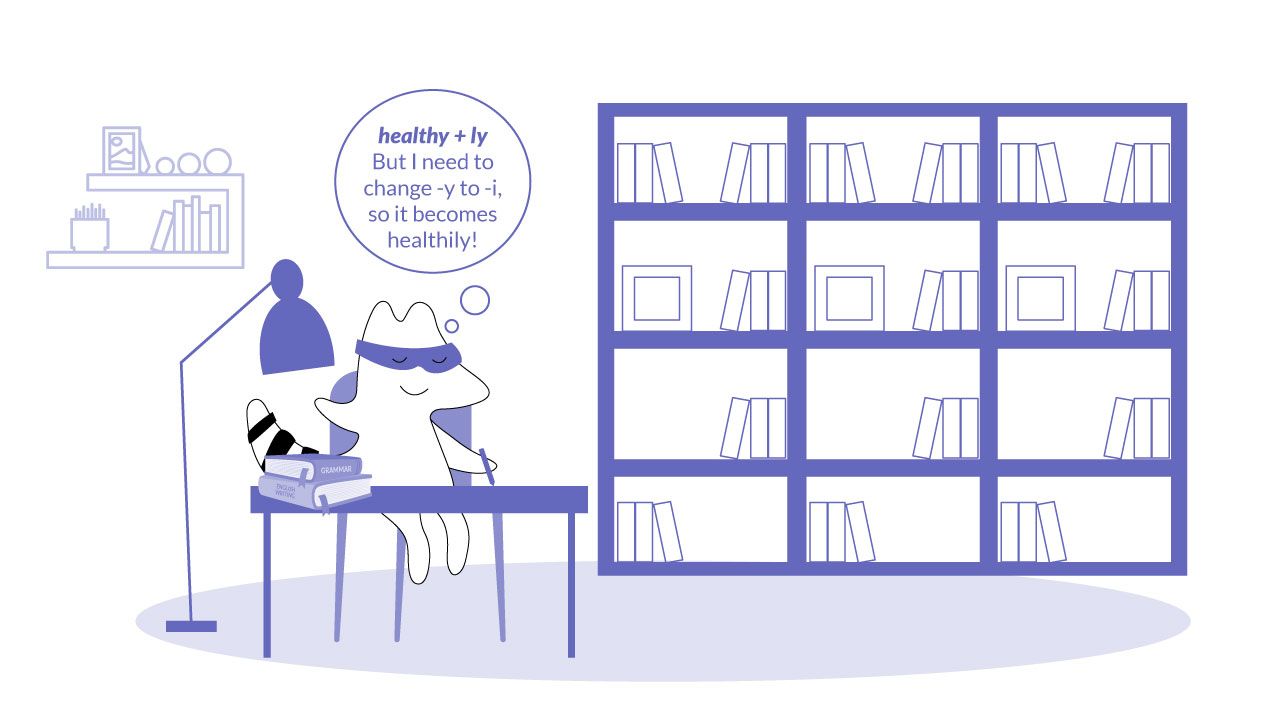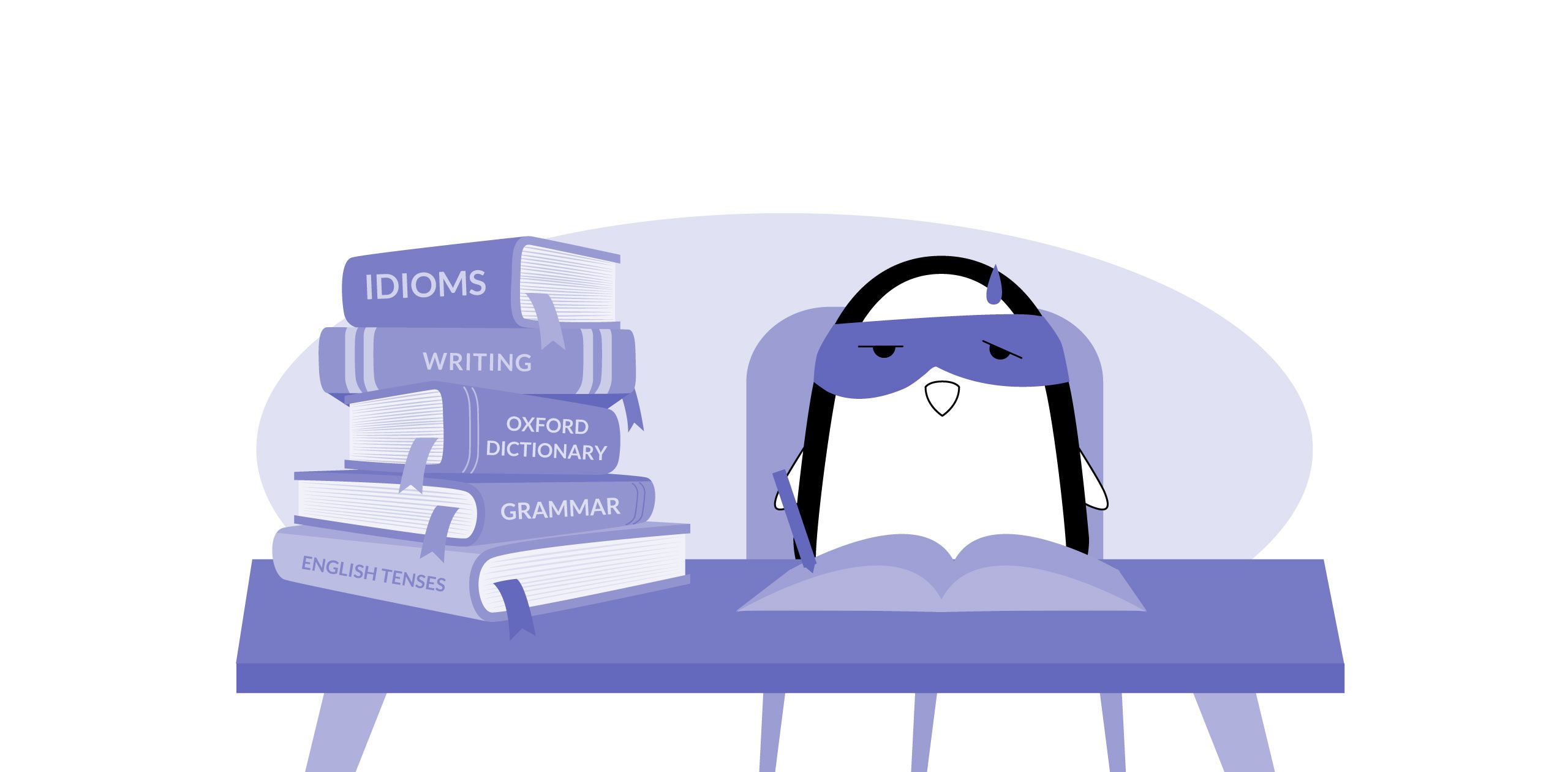
Adverbs are one of the most important, but often overlooked, parts of English grammar. You can use them to modify adjectives, verbs, and other adverbs. Adverbs can make your writing more interesting and descriptive.
However, with so many different types of adverbs, it can be difficult to know how to use them properly. But don’t worry – this article will give you a crash course in adverbs, so that you can start using them like a pro!
We'll begin by looking at the different types of adverbs in English, and how to use them to modify other parts of speech. Then we'll take a closer look at the other functions of adverbs in sentences, including ways to use them for emphasis, contrast, and style. By the end of this article, you'll be an expert on English adverbs!
What are adverbs and what do they do?
So, what exactly is an adverb? According to Merriam-Webster, the word adverb comes from Latin adverbium, from ad- ‘to’ (expressing addition) + verbum ‘word, utterance, verb’. In the English language, an adverb is a word that modifies a verb, adjective, or another adverb.
Adverbs can express manner, degree, frequency, time, place, or other information about the word they are modifying. An easy way to remember this is that adverbs usually add information to a verb. Take a look at the following examples:
Example
Explanation
He walked slowly across the room.
the adverb slowly modifies the verb walk
It was very cold outside.
the adverb very modifies the adjective cold
He drove extremely carefully.
the adverb extremely modifies the adverb carefully
As you can see, adverbs are important for providing more information about the words they modify. Without adverbs, our sentences would be much shorter and less descriptive.
How to Form Adverbs
Luckily, there are just a few basic rules for forming adverbs. In most cases, you can simply add -ly to an adjective to form an adverb. For example, the adjective slow becomes the adverb slowly.
If an adjective ends in -y, you will need to change the -y to -i and then add -ly. For example, the adjective happy becomes the adverb happily.
There are also exceptions to these rules, such as commonly used adverbs again, soon, never, very, and well that do not follow the standard -ly rules. You need to remember those by heart.
But for the most part, these simple rules make it easy to form adverbs from adjectives.

Types of Adverbs
There are several main types of adverbs: manner adverbs, degree adverbs, frequency adverbs, and time adverbs. Let's take a closer look at each type:
Adverbs of Manner
The adverbs of manner tell us how something is done. Let’s look at the manner adverb quietly in the sentence, "He was sitting quietly in his room." There, the adverbs describe the manner in which he sat in his room.
Other examples of manner adverbs include quickly, badly, well, and suddenly.
Adverbs of Degree
The adverbs of degree tell us how much or how little of something there is. For an example, here’s the degree adverb enough in the sentence "There was enough milk to make pancakes for breakfast." In this sentence, the adverb tells us the quantity of milk was sufficient to make pancakes.
Other examples of degree adverbs include quite, too, very, and extremely.

Adverbs of Frequency
The adverbs of frequency tell us how often something happens. Let’s see an example of the frequency adverb never in the sentence "I never forget my keys." How often does this person forget their keys? They don’t, it never happens.
Other examples of frequency adverbs include always, sometimes, often, and rarely.
Adverbs of Time
The adverbs of time tell us when something happens. Let’s take a look at the time adverb early in the sentence "I’ve arrived early for work." Now you not only know this person arrived, they arrived before starting time.
Other examples of time adverbs include now, then, soon, next, yesterday, tomorrow, today, and tonight.
Sequence Adverbs
Sequence adverbs describe the order in which two or more actions happen. They are often used to connect clauses within a sentence or the first sentence of the text with the next one. Such adverbs include first, next, then, and finally. For example, “First, I need to wash dishes and then I can start cooking breakfast.”
Sentence Adverbs
Sentence adverbs are used to modify the whole sentence or a clause, indicating one’s feelings about the content of the sentence. These type of adverbs includes words like fortunately/unfortunately, hopefully, frankly, luckily, etc. The classic film Gone With The Wind has a famous line, “Frankly, my dear, I don’t give a damn.”
You should also check our Grammar page to find out more examples of how to use such adverbs in writing.
Comparative and Superlative Forms of Adverbs in English
Adverbs can also be comparative or superlative. Comparative adverbs are used to compare two things and superlative adverbs are for comparing three or more things.
When it comes to making comparative and superlative forms of adverbs ending in -ly, you must use more to form the comparative, and most to form the superlative.
- responsibly - more responsibly - the most responsibly
- seriously - more seriously - the most seriously
- slowly - more slowly - the most slowly
For short adverbs that do not end in -ly comparative and superlative forms are identical to adjectives: use the structure adverb + -er to form the comparative and adverb + -est to form the superlative. Note that with a superlative, you use the article “the” to indicate there is only one. If the adverb ends in e, remove it before adding the ending.
- fast - faster - the fastest
- hard - harder - the hardest
- late - later - the latest
How to Use Adverbs in English Sentences Properly
Of course, knowing what adverbs are and what they do is just the beginning. The real key to mastering adverbs is learning how to use them properly in your writing.
This can be challenging because as we have just discussed, there are so many different types of adverbs in the English language. However, there are some basic guidelines that you can follow in order to effectively use adverbs in your writing.
The most important thing to remember is that adverbs should only be used when necessary – which means that they should only be used sparingly and not just thrown into your sentences for the sake of making it longer.
Another important thing to remember is that adverbs should be placed as close as possible to the word they are modifying. For example, if you’re using an adverb to modify a verb to describe how the action is being performed, it should usually come directly before or after the verb. Here are some examples:
- He walked quickly.
- She sang beautifully.
- The children played joyfully.
You can also use adverbs to describe the frequency of an action. Here are a couple of examples:
- I always wake up early.
- The teacher read the children's book aloud every day.
You can also use adverbs to modify an adjective and another adverb. Take a look:
- The weather was extremely cold.
- He spoke rather quietly.

Other functions include using an adverb to modify a whole sentence. For example, you can use adverbs like however, although, and nevertheless to express contradictory ideas:
- Although she studied hard, she did not get a good grade.
When in doubt, it’s always best to err on the side of caution and use an adjective instead of an adverb. Adjectives are less likely to be overused or misused than adverbs, so they are generally a safer bet in your writing.
The Bottom Line
As you can see, adverbs are an important part of the English language. They can be used to add description and nuance to your sentences, as well as create a more interesting flow to your writing.
Now that you know all about adverbs, it's time to start using them in your writing! Practice makes perfect, so don't be afraid to experiment with different types of adverbs and see how they can change the meaning of your sentences.

To get even more examples, download our Langster app and find out more about using modifiers and other things that elevate your writing style. With a little bit of practice, you'll be using adverbs like a pro in no time!









